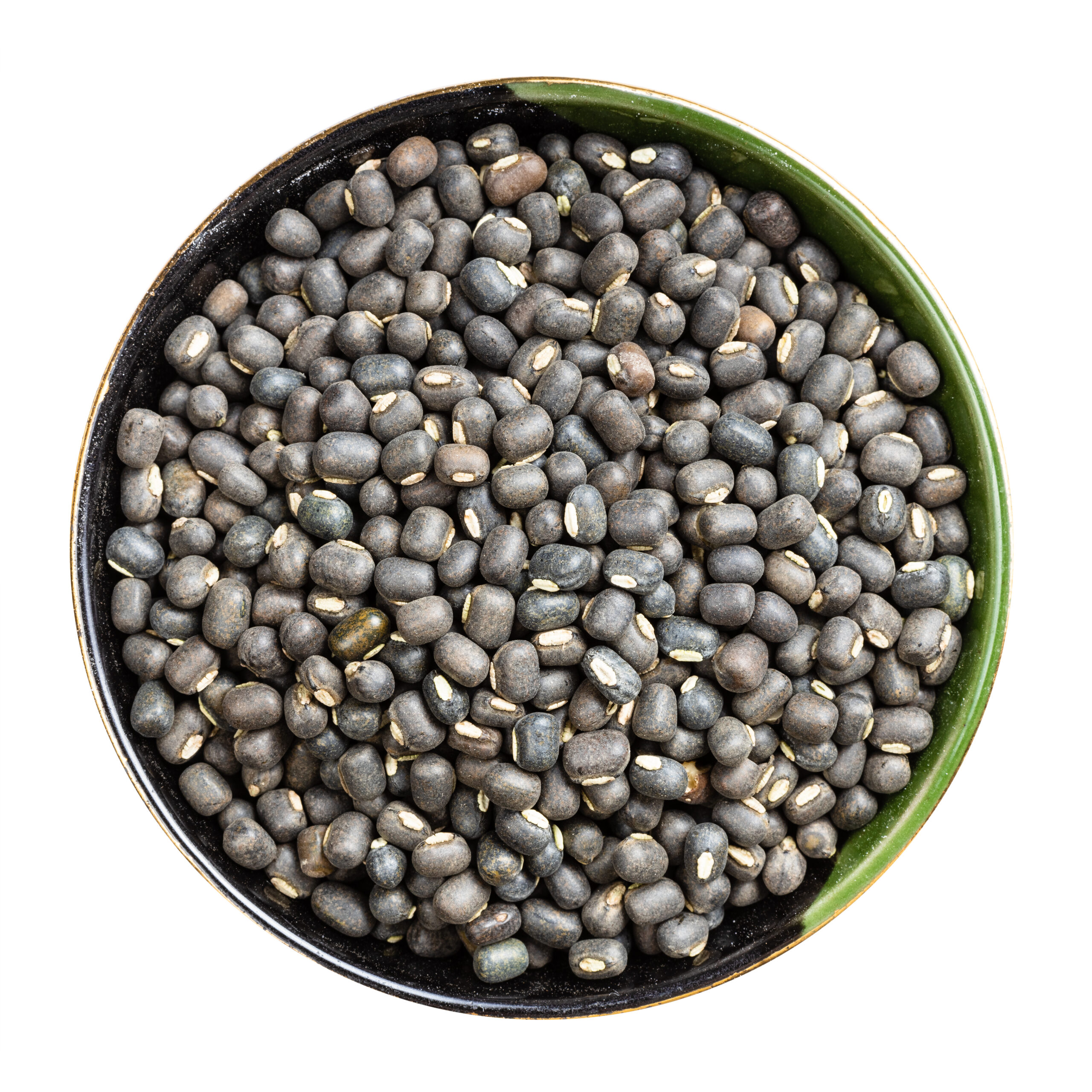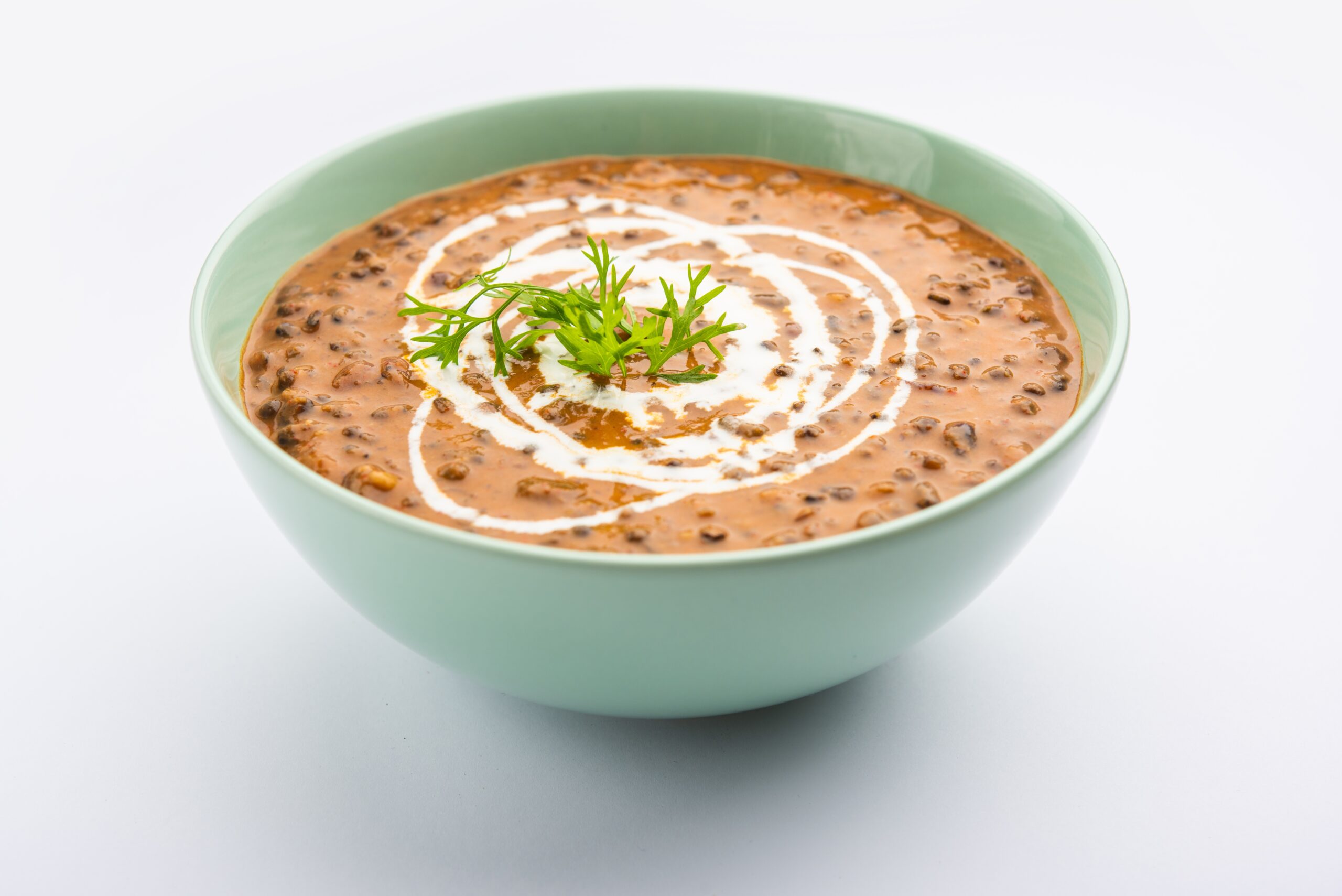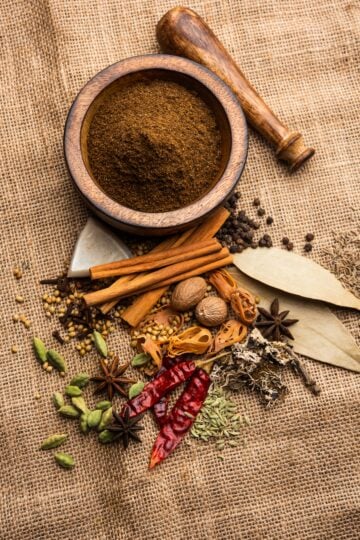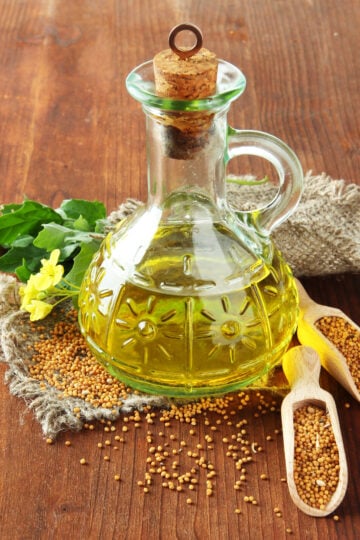
Urad dal might seem simple at first glance, but it’s at the heart of so many Indian dishes. These black lentils soak quietly in kitchens across the country, later turning into soft, rich foods like idlis, dosas, or dal makhani.
It’s packed with protein and iron, easy to cook once soaked, and brings a deep, earthy flavor to whatever it touches. From everyday meals to special occasions, urad dal is one of those ingredients that quietly keeps Indian cooking grounded and full of warmth.
What is Urad Dal?
Also known as black gram, Urad Dal is a small black lentil with a creamy white interior and a flavor that’s rich, earthy, and slightly savory. It comes from the Vigna mungo plant, which thrives in South Asian climates and has been a staple crop in Indian agriculture for centuries.
Once harvested, these lentils are dried and either kept whole or split and skinned — each form bringing its own charm to the kitchen. Whole urad dal is the soul of comforting dals and rustic curries, while split urad makes its way into crisp dosa batters, fluffy idlis, and creamy Punjabi dals.
This isn’t just an ingredient — it’s a backbone. In many Indian kitchens, urad dal is a ritual, whether it’s slow cooked with aromatics or stone-ground into breakfast staples. Hearty, filling, and loaded with protein, it turns a simple meal into something deeply satisfying.
Quick Facts
| Ingredient: | Urad Dal (Black Gram) |
| Scientific Name: | Vigna mungo |
| Origin: | South Asia, primarily India |
| Main Uses: | Dosa, idli, vada, dal makhani, curries |
| Flavor Profile: | Earthy, nutty, and slightly savory |
| Forms Available: | Whole, split, skinned, or split and skinned |
| Nutritional Value: | High in protein, fiber, and iron |
| Type: | Pulse (legume) |
Protein for the People
Urad Dal doesn’t just fill your plate — it fuels your body. Packed with plant-based protein, fiber, iron, and magnesium, it’s very nutritious in vegetarian and vegan diets, especially in South Asia. In places where meat is optional, seasonal, or sacred, Urad Dal shows up as the dependable everyday protein.
And it’s no modern trend. Black gram has deep roots in Indian history — woven into Ayurvedic remedies, temple meals, and daily dinners for centuries.

A Dish That Changes with the Map
What makes urad dal remarkable is how differently it’s used across regions. In Punjab, it becomes the rich and creamy dal makhani, slow-cooked with butter and cream. In the South, the same lentil is ground and fermented into light idlis or crisp dosas.
In Maharashtra, it blends into spicy chutneys, while in Tamil Nadu, it’s tempered with mustard seeds and curry leaves to form the base of a fragrant tadka. In Nepal, it’s simmered into thick, warming stews that suit the colder climate.
Every region gives urad dal its own identity, but the affection for this simple lentil stays the same everywhere.
Affordable, Accessible, Essential
Urad dal isn’t just nutritious — it’s accessible. You’ll find it in student kitchens, busy family homes, and even on the shelves of fine-dining restaurants. It’s affordable, easy to store, and needs nothing more than a pot and a little time to become something satisfying.
A small handful can feed many, which is why it’s such a trusted everyday staple across South Asia. Filling, reliable, and versatile, urad dal proves that simple ingredients often have the biggest impact.
What It Tastes Like
Urad dal brings a deep, earthy flavor with slightly nutty and buttery undertones. When cooked, it turns rich and creamy — perfect for hearty dishes that feel like comfort in a bowl. Its subtle taste absorbs spices beautifully, making it a quiet hero in bold-flavored curries, dals, and savory batters.

Health Benefits That Actually Matter
Rich in Plant-Based Protein
Urad dal can be a strong protein source for vegetarians and vegans, which may support muscle maintenance, boost energy, and promote longer satiety (Source).
High in Fiber
It may aid digestion, help prevent constipation, and regulate blood sugar levels—especially when eaten with whole grains like brown rice or millet (Source).
Naturally Gluten-Free
Safe for those with gluten sensitivities or celiac disease, making it a smart option for balanced or grain-free diets (Source).
Heart-Friendly Nutrients
Urad dal is low in saturated fat and may provide magnesium and potassium, which can help support cardiovascular health when part of a low-sodium diet (Source).
Easily Digestible
When cooked properly and combined with gut-friendly spices like asafoetida, cumin, or ginger, urad dal can be gentle on the stomach and is often included in light or recovery meals (Source).
Nutritional Value (Per 1 Cup Cooked Urad Dal)
- Calories: 189
- Protein: 13.0g
- Carbohydrates: 30.0g
- Dietary Fiber: 9.0g
- Fat: 1.4g
- Iron: 3.0mg (about 17% of daily value)
- Calcium: 40mg
- Potassium: 600mg
- Folate: 90mcg (about 22% of daily value)
Note: Values may slightly vary based on preparation method and whether it’s split or whole dal.
Final Thoughts
Urad dal may not be the most eye-catching ingredient, but it has remained a cornerstone of Indian cooking for centuries. From crisp dosas and fluffy idlis to creamy dal makhani, it brings both substance and flavor to a wide range of dishes. Rich in protein and deeply versatile, this humble lentil continues to be one of the most dependable staples in the kitchen.
FAQs
Is urad dal the same as black lentils?
Not exactly. While they’re often confused, urad dal comes from black gram and is usually hulled or split, whereas black lentils (beluga) are a different legume.
Can I use urad dal for dosa batter?
Yes! Urad dal is one of the key ingredients in traditional dosa and idli batter, giving them their signature texture and lightness.
Is urad dal good for weight loss?
It can be. Thanks to its high protein and fiber content, it helps you stay full longer and supports metabolism.
What’s the difference between whole urad and split urad dal?
Whole urad dal has a black skin and takes longer to cook. Split urad (white when hulled) cooks faster and is used in dishes like dals, vadas, and idlis.
How should I store urad dal?
Keep it in an airtight container in a cool, dry place. For longer shelf life, store it in the fridge or freezer, especially in humid climates.
Learn More About Urad Dal (Black Gram)
PharmEasy – Urad Dal: Uses, Benefits, Side Effects, and More!
This article is providing a detailed overview of Urad Dal’s Ayurvedic significance, covering its nutritional value, health benefits, traditional uses, and potential side effects.
AASHIRVAAD – What is Urad Dal? Uses, Benefits and Nutrition
This article is providing a simple yet informative overview of urad dal, explaining what it is, the types available, and its uses in popular Indian dishes. It also highlights nutritional benefits of urad dal.






Have a question or something to share? Leave a comment below!